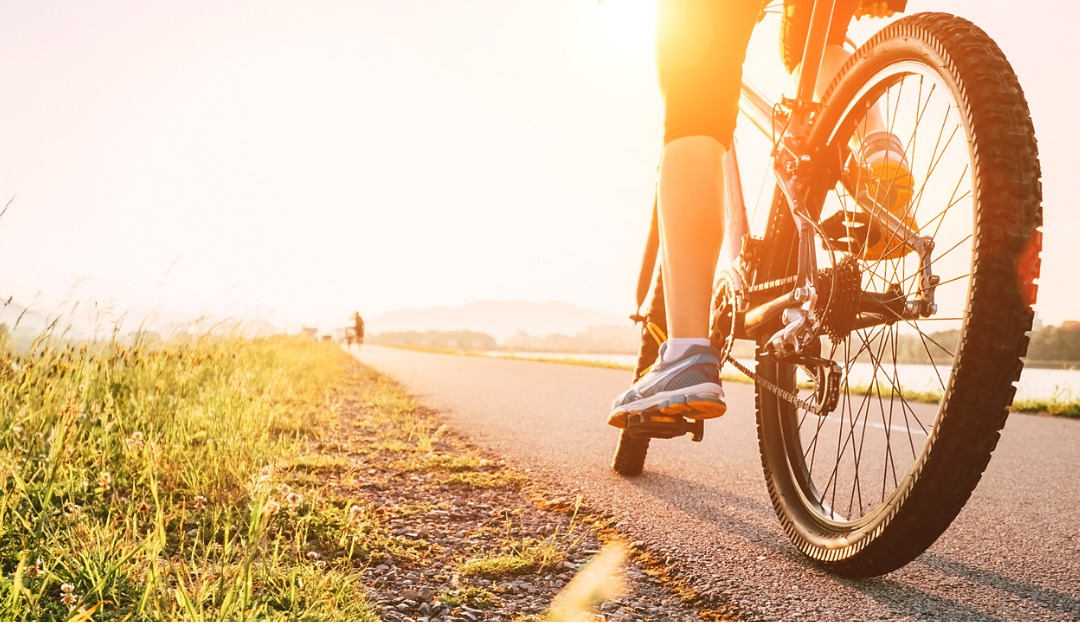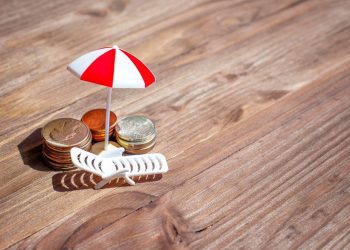People often say that something is “like riding a bike” to describe an action or skill that’s impossible to forget and easy to do once you learn it. Although you likely remember how to physically ride a bicycle, you may have forgotten, or be unaware of, some important safe riding measures. Need a refresher? Check out these 10 tips from the National Highway Traffic Safety Administration.
Wear a Helmet. Everyone–children and adults–should wear a bicycle helmet on every ride to prevent dangerous head injuries. Make sure the helmet fits properly and is certified by the Consumer Product Safety Commission.
Check the Bike. To ensure you can safely control the bicycle, adjust it to your size. Make sure that the seat height allows a slight bend at the knee when your leg is fully extended and that the handlebar is level with the seat. Before riding, check that the tires are correctly inflated and the brakes work.
Be Visible. Remember, just because you can see a driver, that doesn’t mean the driver can see you. Wear neon or other bright colors, and make sure your bike has reflectors. Avoid riding at dusk, dawn and nighttime, and use reflective clothing and flashing lights during those times.
Stay in Control. Ride with two hands on the handlebars, except when signaling a turn. Place items in a bicycle carrier or backpack.
Watch for Hazards. Look for road hazards that could cause a crash, such as potholes, puddles, storm grates and even parked cars. Stay alert and listen for traffic; don’t use personal electronics when riding.
Use Communication. This includes making eye contact with drivers, using hand signals, and stating “on your left” when passing other bicyclists and pedestrians. When turning, always look behind you for a break in traffic, and then signal before making the turn.
Follow Rules of the Road. A bicycle is a vehicle, and you’re the driver. When you ride in the street, obey all traffic laws, including signs, signals and lane markings. Be predictable by riding in a straight line, not in and out of cars, and go with the flow of traffic on the right side of the road.
Try Bike Lanes or Paths, If Available. Although bicycles are allowed on many roads, riders may feel safer being separated from traffic. A lane or path is a safer choice than riding on a sidewalk, which puts you at higher risk for crashes at driveways and intersections.
Use Caution on Sidewalks. Check your local laws to ensure sidewalk riding is allowed. If you do ride on a sidewalk, watch for vehicles coming out of driveways, and stop at corners to look for cars and ensure drivers see you before crossing the street.
Keep Kids Safe. Children younger than 10 are typically unable to make the decisions necessary to safely ride unsupervised in the street; therefore, they’re safer riding where there’s no traffic altogether.











